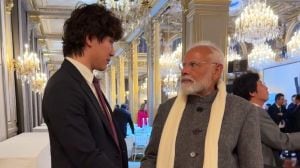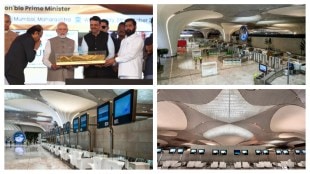-
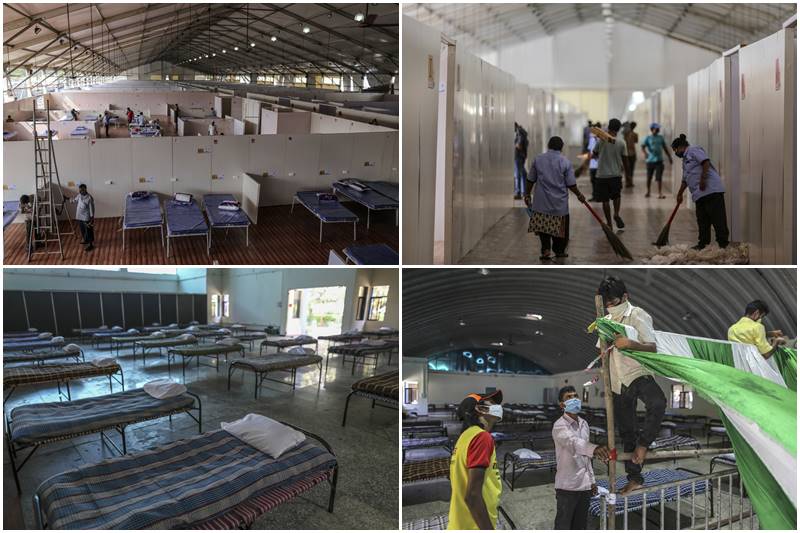
Mumbai, India’s financial hub and the epicenter of the nation’s coronavirus outbreak, is converting several of its iconic structures into quarantine facilities. Mumbai has witnessed a sharp increase in COVID-19 cases since the first week of May. Mumbai has become the center of Covid-19 outbreak in India with over 18555 people infected. Mumbai’s race against time spotlights the challenges for the densely populated Asian nation, which has failed to flatten its virus curve despite the harsh shelter-at-home restrictions. Recently, Mumbai added facilities aim to ease the strain on resources. Here’s a rundown on some of Mumbai’s preparations:
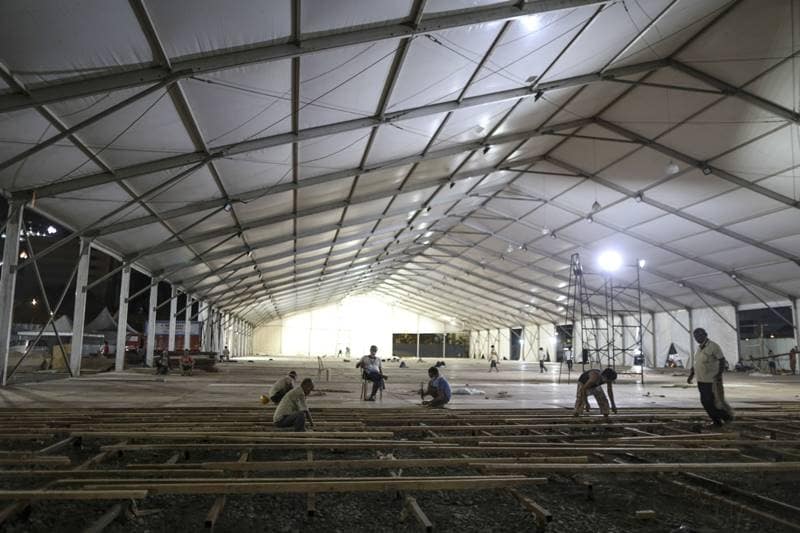
Bandra Kurla Complex <br /><br /> This patch of land in the heart of the city has developed into a financial hotspot, comparable with London’s Canary Wharf. It houses the headquarters of several global investment banks as well as the country’s capital markets regulator, posh restaurants and five-star hotels. Over the past weekend, it started operating a 1,000 bed non-critical Covid hospital, that can be scaled up to 5,000 beds. Soon it will have another 1,000 bed intensive care unit stocked with ventilators and other critical equipment. The hospital was built in less than a fortnight and can weather Mumbai’s heavy monsoon rainfall, Mumbai Metropolitan Region Development Authority Commissioner R.A. Rajeev said. (Bloomberg Photo) 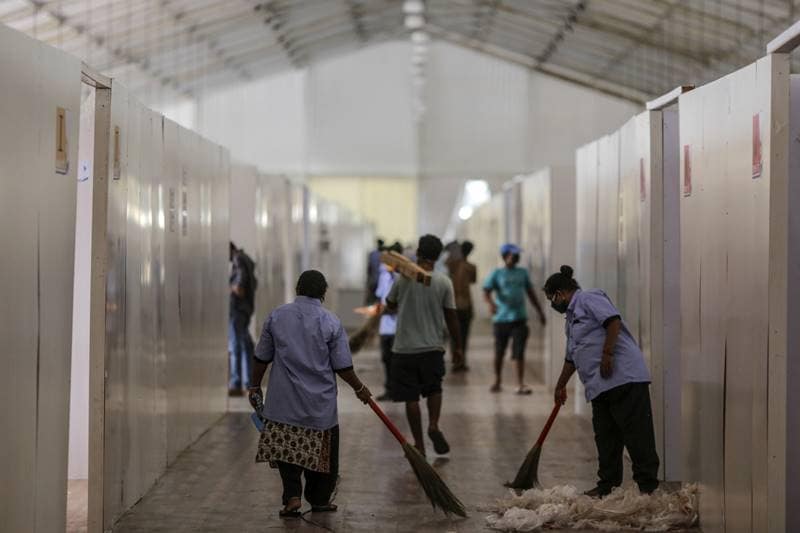
National Sports Club of India <br /><br /> Built in 1950 soon after India gained independence, the iconic heritage structure and its dome-shaped auditorium have held TEDX talks, Broadway-like musicals and music concerts. Its dome is now a 600-bed quarantine plus observation facility with 30 Intensive Care Unit portable beds. (Bloomberg Photo) 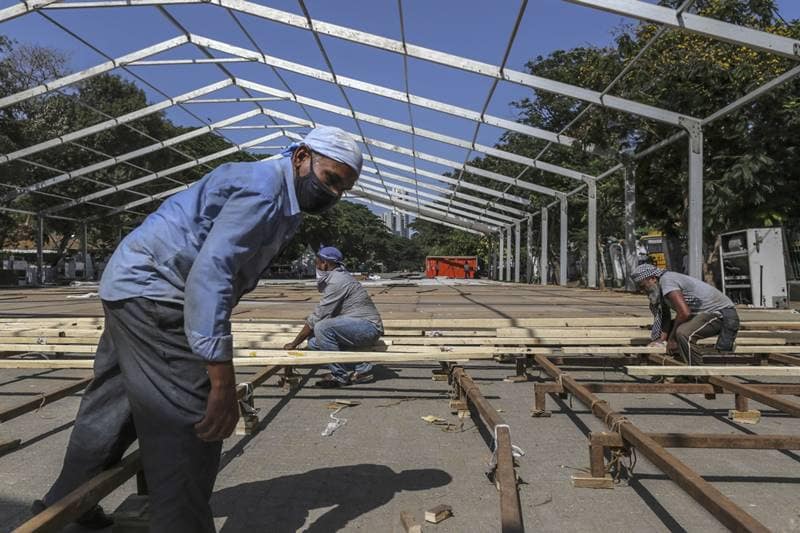
Mahalaxmi Racecourse <br /><br /> Built in 1883, this sea-facing race course hosted 2020’s Indian Derby in February, just days after India reported its first coronavirus infection. Located in one of Mumbai’s most upscale neighborhoods, its parking lot is now a 300-bed isolation center created using tent hanger structures and vast canopies typically constructed to maintain aircraft. There are plans to add another 500 beds, according to Sharad Ughade, also an assistant commissioner in Mumbai’s municipal corporation. “These facilities will create vacancies in hospitals that can deal with more severe cases,” Ughade said. (Bloomberg Photo) 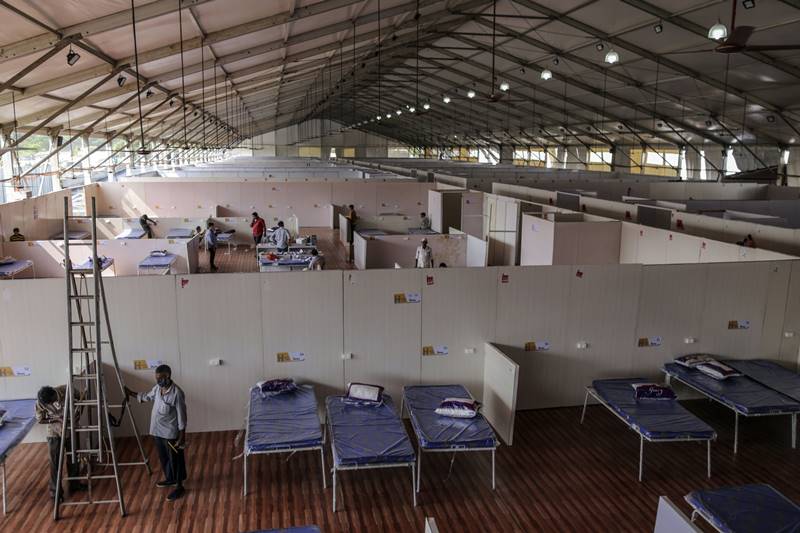
Mahim Nature Park <br /><br /> A 37-acre green pocket tucked away in the middle of bustling Mumbai, this garbage-dump-turned-nature-park hosts over 120 species of birds and 75 species of butterflies. It will now have 1,200 beds and serve as a quarantine facility for high-risk contacts of virus patients near Dharavi, Asia’s most densely populated slum. It will also have 20 beds isolated for patients who show severe symptoms. (Bloomberg Photo) 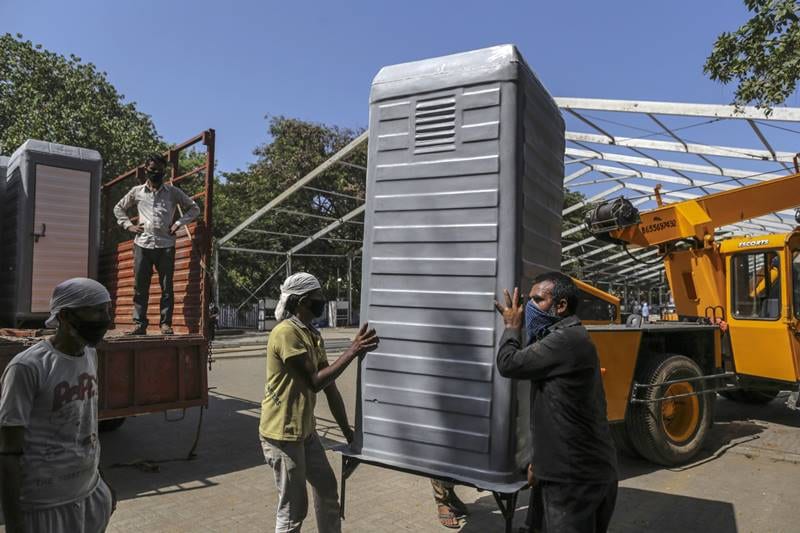
NESCO Grounds <br /><br /> A venue for conventions, exhibitions and trade fairs in one of Mumbai’s suburbs, NESCO Grounds will sleep 1,200 asymptomatic patients from Mumbai’s slums. (Bloomberg Photo) 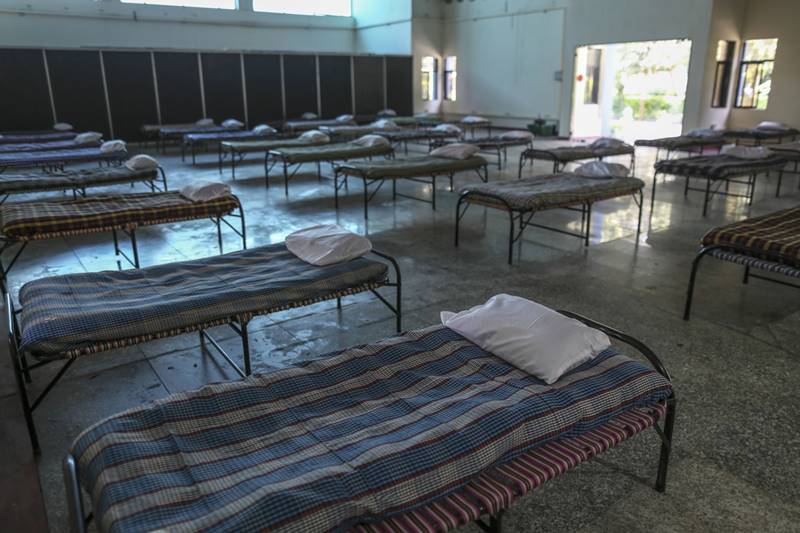
Nehru Science Centre <br /><br /> A popular candidate for primary and middle school field trips, Nehru Science Centre in the pre-Covid world would showcase more than 500 interactive science exhibits on energy, sound, kinematics, mechanics and transport. Last year, it was the site of a vintage car and bike show. It’s now been converted into an isolation facility of 100 beds for slum dwellers. (Bloomberg Photo) 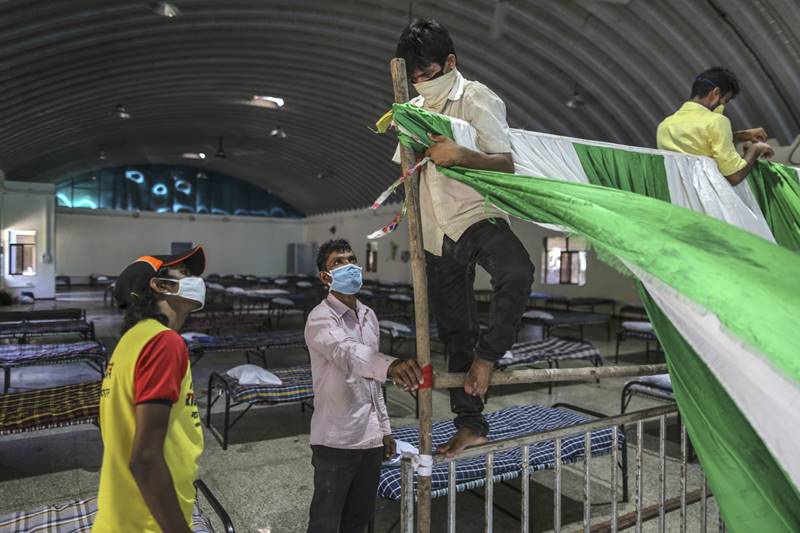
Nehru Planetarium <br /><br /> Built for astronomers, space aspirants and school children curious to know more about the sun and stars, the dome-shaped structure of Mumbai’s beloved planetarium plans to have 300 beds that will house asymptomatic patients. Mumbai’s authorities also propose to reserve 50% of beds in private hospitals for coronavirus patients and fill nearly 28,000 vacant positions across the broader state’s health and medical education departments. (Bloomberg Photo)

Google manager quits Rs 3.4 crore job, says ‘the work was pleasant, but…’



